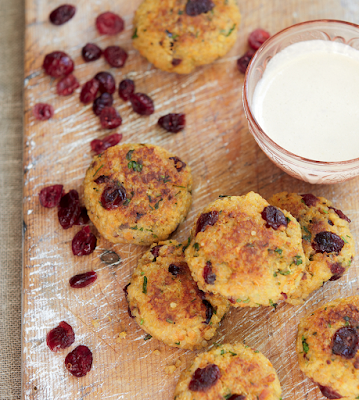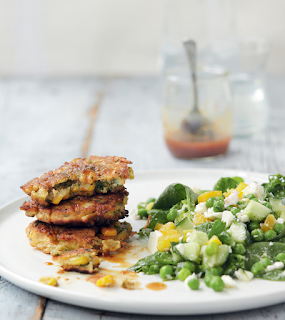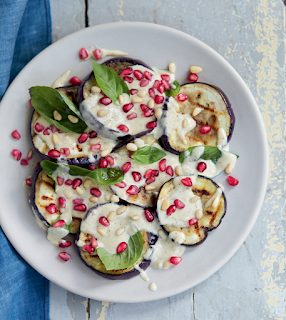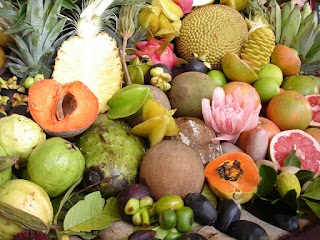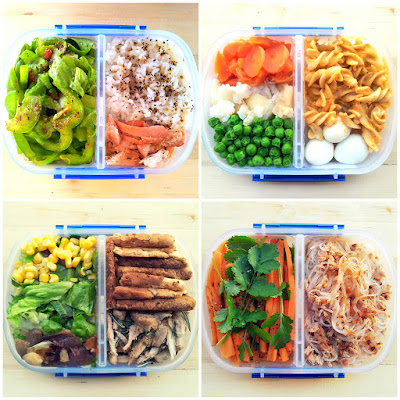Essential Oils and How They Work
WHAT IS AN ESSENTIAL OIL?
Essential oils are more than just highly concentrated plant extracts. Most possess potent medicinal qualities, and many are valued for their exceptional cosmetic qualities. While the whole plants or plant parts they are derived from possess beneficial qualities, essential oils are much more powerful.
Sometimes referred to as ethereal oils or volatile oils, essential oils carry the actual essence or fragrance of the plants from which they are extracted. A few popular essential oils are derived from whole plants, but most are derived from specific sections of the plants for which they are named. Some essential oils, including almond and nutmeg oils, come from seeds. Many, including patchouli, eucalyptus, and tea tree oils, are extracted from leaves. Still others come from wood, flowers, resin, or roots. Some plants, including
cinnamon and bitter orange, are used as sources for more than one distinct type of essential oil.
Professional practitioners use approximately three hundred essential oils to treat a vast range of illnesses, but home practitioners typically use between ten and twenty essential oils on a regular basis. Some favorites include lavender, eucalyptus, clary sage, and orange essential oils.
A BRIEF HISTORY
Cave paintings discovered in Lascaux, France, suggest that
prehistoric people used medicinal plants on a daily basis. These fascinating
images have been carbon dated to approximately 18,000 BCE.
Humans have possessed an understanding of the healing power
of plants for thousands of years. While it is not clear when essential oils
were first distilled, we know that these oils were used in various cultures,
and we know that they were used for religious ceremonies as well as for healing
purposes.
Herbs and Essential Oils in Ancient Times
The Egyptian people are widely renowned for their
achievements, so it might not come as a surprise that ancient Egyptians were
among the first to use essential oils. In fact, records show that aromatic oils
were part of daily life in Egypt as early as 4500 BCE. Cinnamon, myrrh,
sandalwood, and frankincense were treasured favorites; they were of such great
value that they were sometimes purchased with pure gold.
In Egypt, pure essential oils were believed to be sacred,
and only high priests and royalty had the authority to use them; each deity was
assigned a signature essential oil blend. Images and carvings of gods and
goddesses were frequently anointed with precious oils during religious
ceremonies. Each pharaoh used a variety of unique essential oil blends during
meditation and intimacy, and even during preparation for war.
Around 3000 BCE, scholars in India developed the science of
Ayurveda, which relies heavily on curative potions containing a wide variety of
essential oils. Ancient Vedic literature lists more than seven hundred
curative substances, including some of today’s favorites,
such as ginger and cinnamon essential oils.
In China, aromatic herbs and essential oils made their way
into remedies for a whole host of ailments. Many of these compounds are still
used by today’s Eastern medicine practitioners. Chinese scholars first recorded
the use of essential oils between 2697 and 2597 BCE, during Huang Ti’s reign,
and the fabled Suwen, or Yellow Emperor’s Classic of Internal Medicine, remains
a significant text today.
Essential oils are mentioned in both the New and Old
Testaments of the Bible—over two hundred times. Some very popular biblical
essential oils are cedarwood, cinnamon, fir, frankincense, myrrh, and
spikenard. These oils were used for anointing, for religious purposes, and, it
seems, for the pure enjoyment of their fragrances. They were also highly valued
as gifts; in the story of the Magi, the precious gifts they brought to Jesus of
Nazareth at his birth included frankincense and myrrh.
Greek and Roman ancients also used essential oils, mostly
for aromatherapy, therapeutic massage, personal hygiene, and medicine. Essential
oil of myrrh was blended into an ointment for battlefield use; it proved an
effective remedy for preventing post-injury infections.
We know Hippocrates as the “Father of Medicine.” Between 500
and 400 BCE, he documented the medicinal effects of essential oils and elements
from over three hundred plants, many of which are still popular today.
Hippocrates taught his students that “a perfumed bath and a scented massage
every day is the way to good health.” His wisdom continues to influence modern
medicine in the form of the Hippocratic Oath taken by doctors.
Galen was an influential Greek medical practitioner. Born in
131 CE and educated in Alexandria and Smyrna, he gained fame during his tenure
as the surgeon to the gladiators of Pergamos. Thanks to Galen’s vast knowledge
of the effective use of essential oils and other medicines, no gladiator died
of infection while under his care. Galen’s success led him to an assignment as
personal physician to Roman Emperor Marcus Aurelius. He remained a part of the
Emperor’s court for the rest of his life, which he spent composing a vast body
of medical texts that included plants in various medicinal categories. Though
Galen died around 201 CE, his work lives on in the form of Galenic medicine,
which is still practiced in India and Pakistan.
Essential Oils, Aromatherapy, and the Dawn of Modern
Medicine
When Rome fell, physicians fled, carrying books by
Hippocrates and Galen with them. These books made their way into Persia, where
they were translated into several languages for distribution to scholars. Ali
ibn Sina, who was often referred to as Avicenna the Arab, was a child prodigy
born in 980 CE. He was educated as a physician and is said to have begun
practicing medicine at age twelve. Ibn Sina catalogued approximately eight
hundred plants, describing their effects on the human body in detail. He’s also
credited with refining and recording traditional distillation methods for
extracting pure, high-quality essential oils from aromatic plants.
Europeans gained firsthand knowledge of essential oils and
herbal medicines after crusading knights visited the Middle East. These knights
and their armies began wearing and carrying perfumes, and many acquired
knowledge of distillation techniques.
During the bubonic plague epidemic of the 1400s, desperate
doctors decided to try Ayurvedic blends in place of ineffective medicines.
These ancient remedies, which included essential oils of camphor, meadowsweet,
rosemary, and lavender, proved to be effective. At the same time, frankincense
and Scots pine were burned in the streets to ward off evil spirits. Fewer
people died of the plague in areas where this practice was common.
Nicholas Culpeper’s 1653 book Complete Herbal offers
detailed remedies for many medical conditions. These venerable tonics contain
essential oils and other effective plant-based compounds that are still widely
used today.
The powerful therapeutic properties of essential oils were
rediscovered in 1910, when French chemist René-Maurice Gattefossé badly burned
his hands in a laboratory explosion and gangrene quickly developed. Gattefossé
subsequently treated his hands with a single application of lavender oil, and
healing began swiftly. Following this incident, Gattefossé and a colleague
conducted further research on the healing properties of lavender essential oil
before introducing it to French hospitals.
Later, Parisian doctor Jean Valnet used therapeutic-grade
essential oils to treat injured soldiers during World War II. Two of Valnet’s
students, Dr. Paul Belaiche and Dr. Jean-Claude Lapraz, conducted extensive
research, examining essential oils for their antiviral, antibacterial,
antifungal, and antiseptic properties. They concluded that these powerful
natural substances have substantial healing capabilities.
The using of aromatherapy and essential oils in North
America is a fascinating one. We know that Native Americans relied heavily upon
nature’s pharmacy, utilizing plants to increase well-being in a variety of
ways.
Echinacea, which is used today in a variety of forms,
including whole herb and essential oil, was a favorite treatment for headaches,
including painful migraines. Skunk cabbage was used to treat nervous disorders,
horsemint was applied to ease back pain, and wild cherry was used to treat
coughs. White pine, which Native Americans used for treating colds, remains a
popular aromatherapy cold treatment today. If you’ve ever used arnica to help
bruises, you are using a well-known Native American remedy.
When European settlers came to North America, they brought
favorite European herbs with them. At first, these precious plants were their
only source of medicine, and the plants were also used to make food more
palatable. Pennyroyal and wormwood were useful for controlling fleas and other
insects. Later records show that in 1631, John Winthrop, Jr. of Suffolk ordered
a vast amount of seeds to be taken to America’s Massachusetts Bay Colony. Among
the forty-eight plant species he ordered at a cost of £160, which was a fortune
in those days, were rosemary, clary sage, angelica root, hyssop, catnip, and
lovage—all of which are available as essential oils today.
As it turns out, the ancients and those who followed the
pathways they laid were right. Many bacteria, fungi, and viruses die when
placed in contact with certain essential oils, particularly when those oils
contain terpenes, thymol, carvacrol, and phenols. Essential oils and chemical
reproductions of their active ingredients are widely used in compounding modern
pharmaceuticals. Extensive studies and clinical investigations are ongoing, and
thanks to modern technology, many of today’s medical professionals incorporate
remedies containing essential oils into holistic practice.
